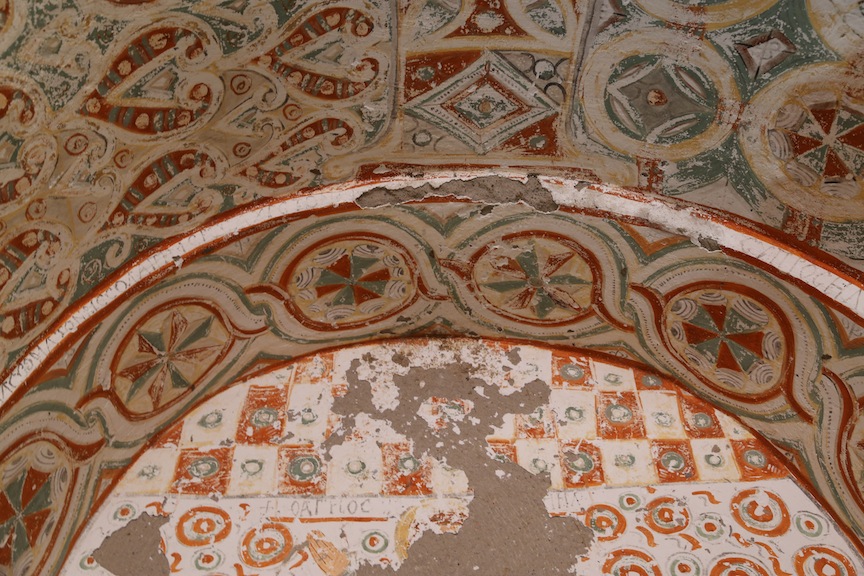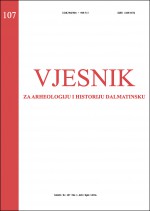[First posted in AWOL 31 August 2009. Most recently updated 19 January 2015]
Cuneiform Digital Library Bulletin
ISSN: 1540-8760
Cuneiform Digital Library Bulletin
ISSN: 1540-8760
The Cuneiform Digital Library Bulletin is an electronic journal constituted in conjunction with the organization and work of the Cuneiform Digital Library Initiative to afford contributors to that effort the opportunity to make known to an international community the results of their research into topics related to those of the CDLI.
The CDLB is a refereed e-journal for Assyriology and is conceived as a sister publication of the Cuneiform Digital Library Journal. While the latter journal seeks substantive contributions dealing with the major themes of the Cuneiform Digital Library Initiative, that is, with text analyses of 4th and 3rd millennium documents (incorporating text, photographs, data, drawings, interpretations), early language, writing, paleography, administrative history, mathematics, metrology, and the technology of modern cuneiform editing are welcome, articles in the Bulletin should be short notes of at most five pages that deal with specific topics, collations, etc., and do not attempt to offer synthetic treatments of complex subjects.
The editorial board of the Cuneiform Digital Library Bulletin consists of representatives from leading universities, research institutions and museums around the world, including the Max Planck Institute for the History of Science, Berlin, the CNRS, Paris, the CSIS, Madrid, the Hermitage, St. Petersburg, the Johns Hopkins University, the University of Michigan, Cornell University, UC Berkeley and UCLA. The Journal is hosted by the Cuneiform Digital Library Initiative, LA/Berlin, and is managed by Robert K. Englund, and maintained by Madeleine Fitzgerald. Without the guidance and support of a number of other people, it is unlikely that the journal would be in its present form. We should mention particularly Judith Winters, chief editor of Internet Archaeology, for her kind permission allowing us to "lift" from her site many of the policy and guideline statements now a part of these pages.








 .
. 













